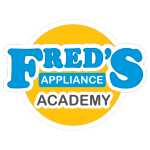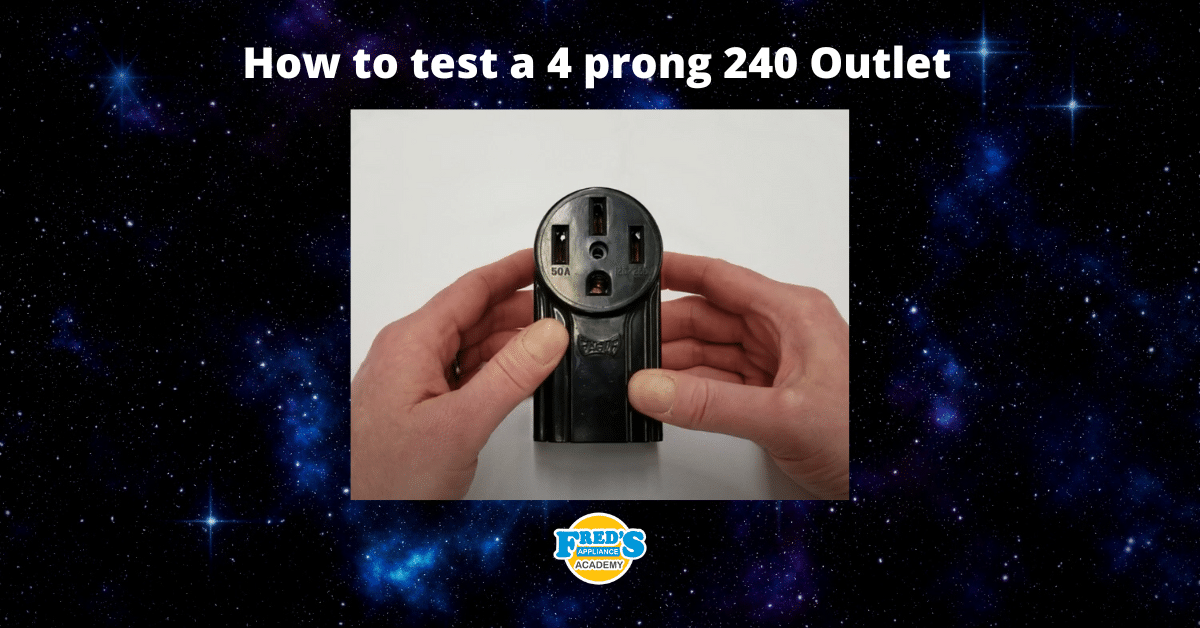
Here we have a 240-volt outlet and one of the differences we see is that our neutral wire right there is straight up and down identifying this as a 50-amp outlet. This 240-volt, 50-amp outlet is commonly found in kitchens that are using electric ranges and should never be used with a product drawing more than 50 amps.
To test our four-wire 240-volt application, you're going to make sure that the terminal block again is exposed. The appliance is also plugged in and the outlet is energized
Here. I'm going to pause the video and explain. The reason why we're testing at the terminal block is that you can test the outlet, the cord, and the terminal block at the same time. If any problem with the power is found at the terminal block, a qualified or certified electrician should be called.
You're going to take one meter lead and put it on L1, and the other on L2 where we should see 240V. L1 to Neutral should have 120V. L2 to Neutral should have 120V. L1 to Ground should have 120V. L2 to Ground should have 120V and Neutral to Ground should have OV.
Here we have the 240-volt cord rated for 50 amps that would pair with this outlet. A professional tip to anybody watching this video, anytime we see damage like this done to a cord, it's not only the cord that is damaged. This damage has also occurred inside the outlet as well. If you are an appliance professional, you can replace the cord yourself. However, a qualified or certified electrician will be needed to service the outlet itself.

Appliance Industry 2024 Q1 Results

Congrats to our graduating April 2024 class
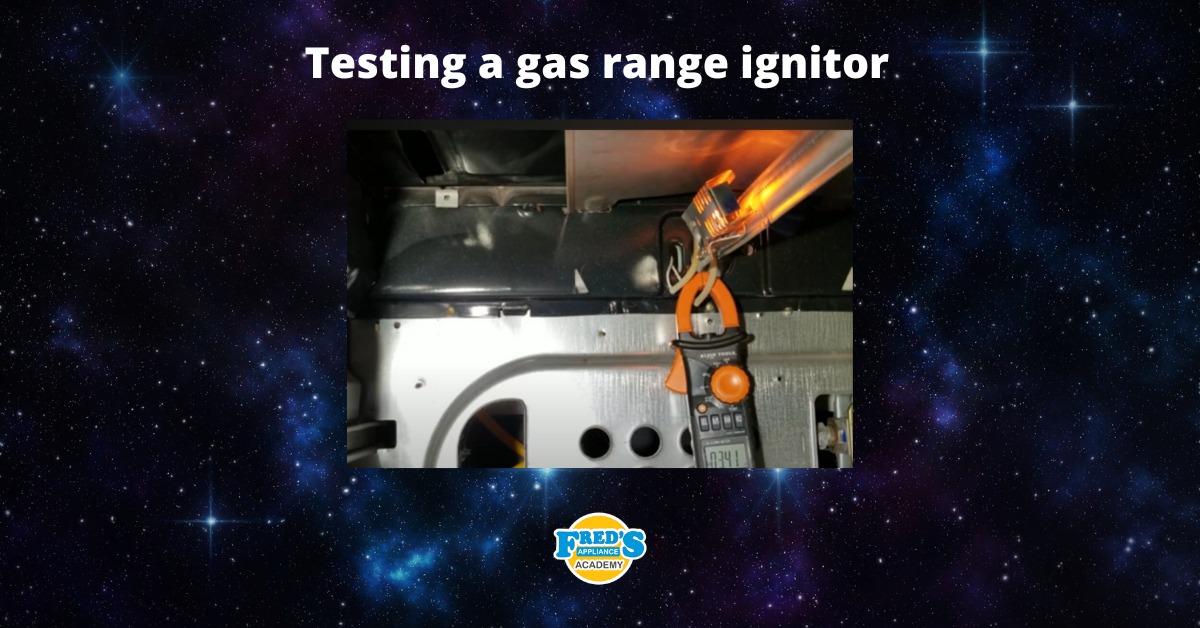
How to test a gas range ignitor

Congrats to our graduating March 2024 class
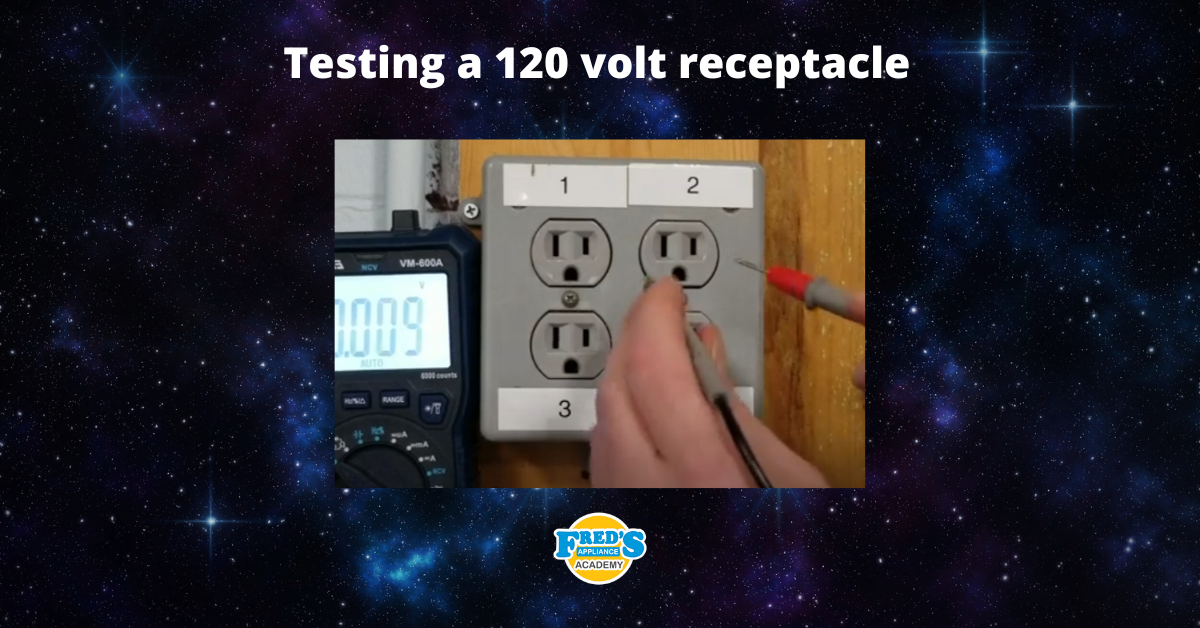
How to test a 120 volt receptacle

Congrats to our graduating February 2024 class
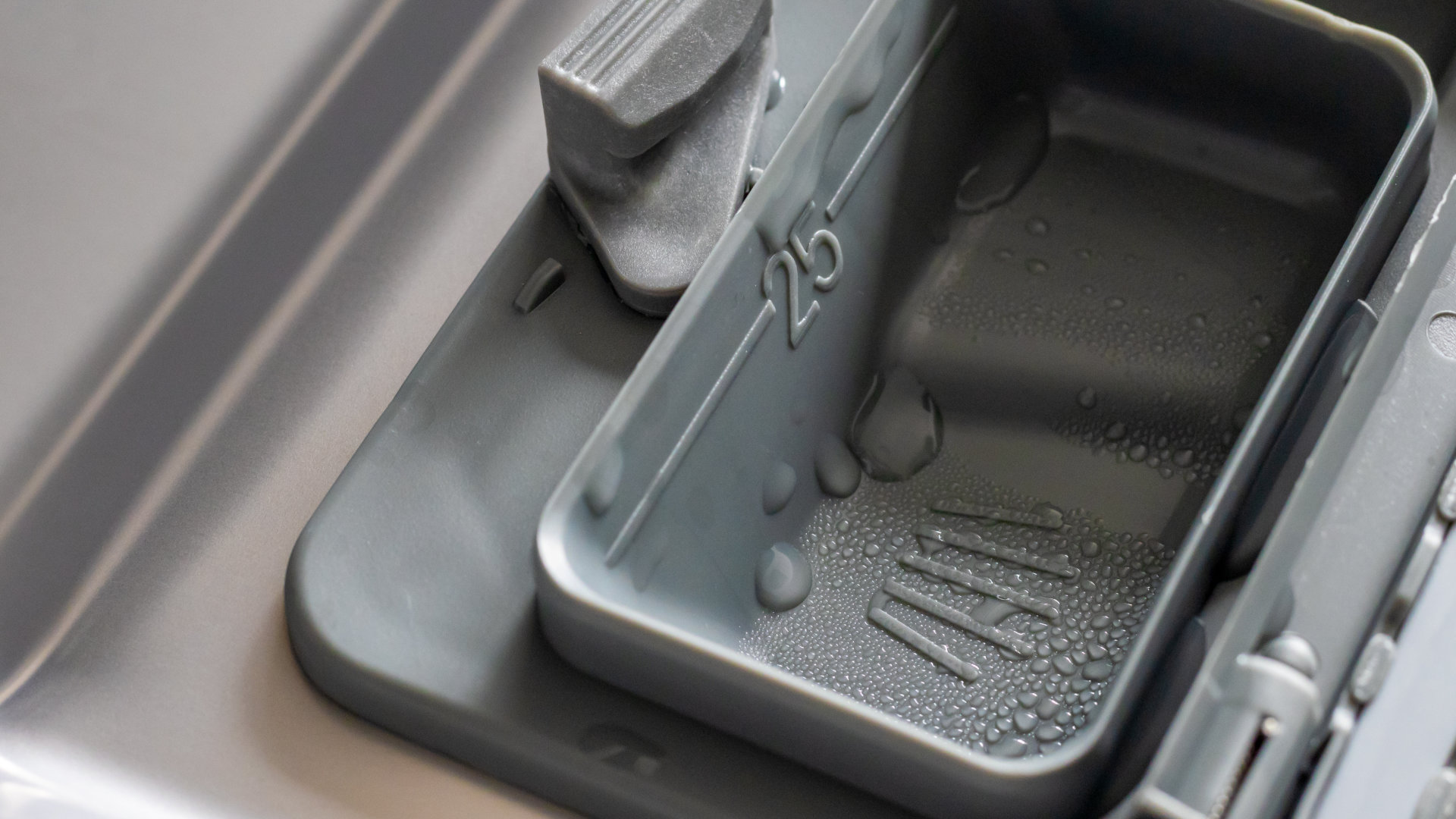
Why Is Your Dishwasher Soap Not Dissolving? (5 Easy Fixes)
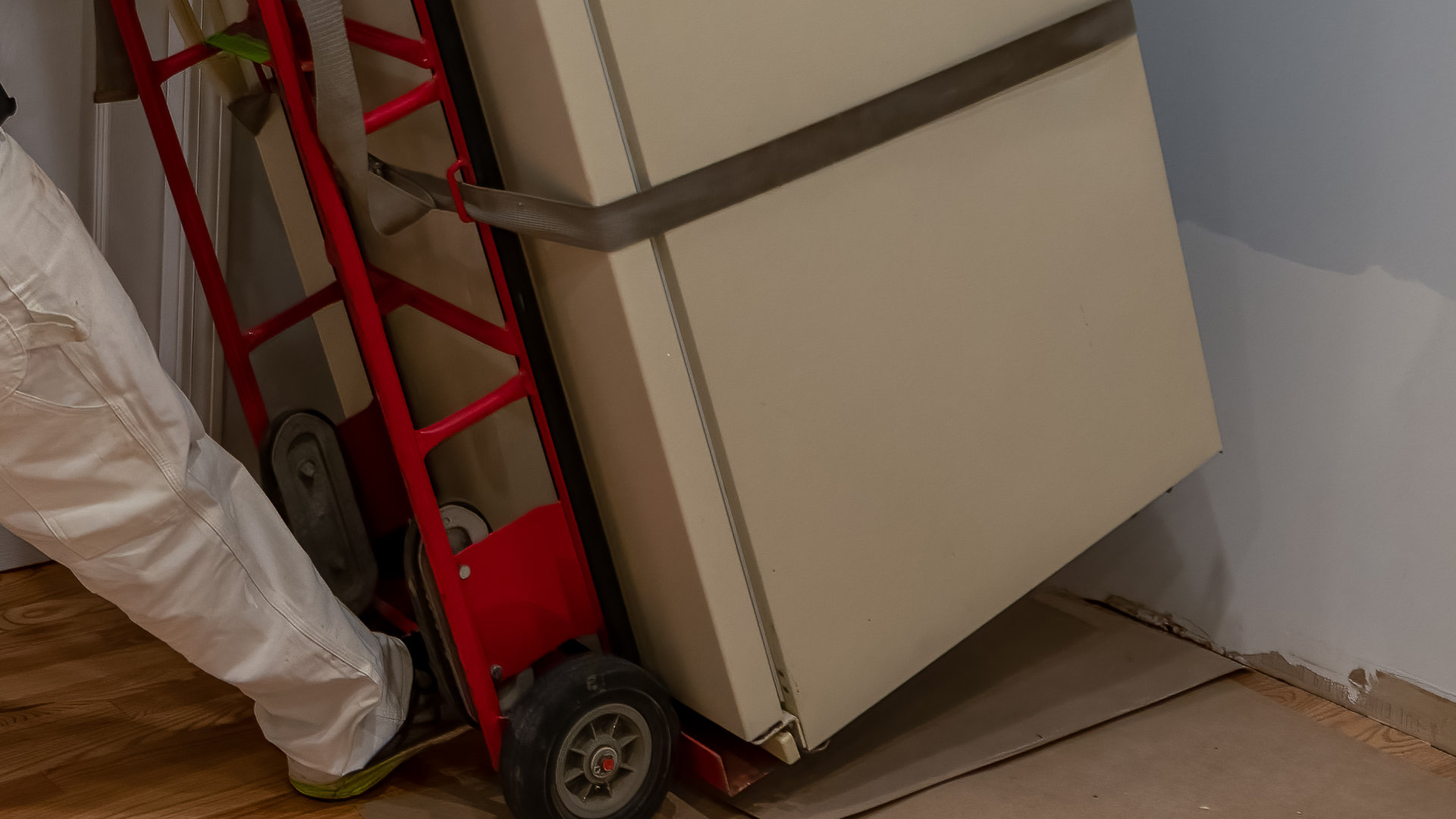
Refrigerator Dripping Water Inside? 5 Quick Fixes

Appliance Industry 2023 Q4 Results


